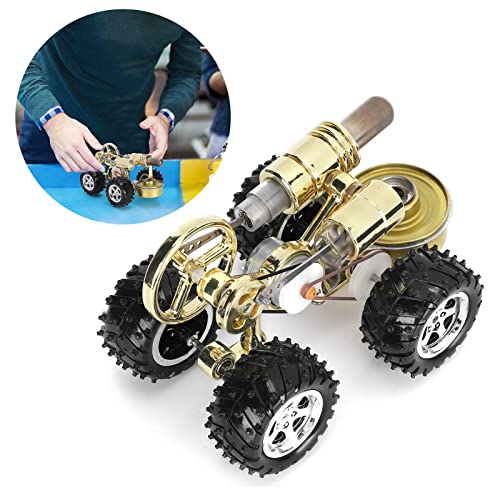Heres a plunger pump design I've been working on, the next iteration from what I showed previously. I've drawn it with a cam and rocker but those could be replaced by a solenoid (to keep this somewhat on topic).
The idea is similar to a helix controlled spill port, but the helix is effectively moved outside and is now a wedge.
With the wedge fully out (minimal engagement) the plunger will perform the maximum stroke before the spill port is opened.
With the wedge fully in it forces the spill port to be exposed very early and minimal pumping is performed.
The start of the pumping (and therefore injection) is consistent and its the cutoff that is controlled.
A few advantages I see for this over a helix on the plunger and rack control:
The plunger is a simple cylinder and just needs a circumferential relief for the spill port simplifying manufacture. (relief is exaggerated for visibility - really only needs a small clearance to relieve pressure).
No need for a miniature rack.
Like my previous iteration, this plunger pump is intended to be closely coupled to an injector that will be screwed on to the end of it (not shown here).
Thoughts on this arrangement? (solenoid actuated or cam driven)
View attachment 164587








![MeshMagic 3D Free 3D Modeling Software [Download]](https://m.media-amazon.com/images/I/B1U+p8ewjGS._SL500_.png)























![DreamPlan Home Design and Landscaping Software Free for Windows [PC Download]](https://m.media-amazon.com/images/I/51kvZH2dVLL._SL500_.jpg)
































